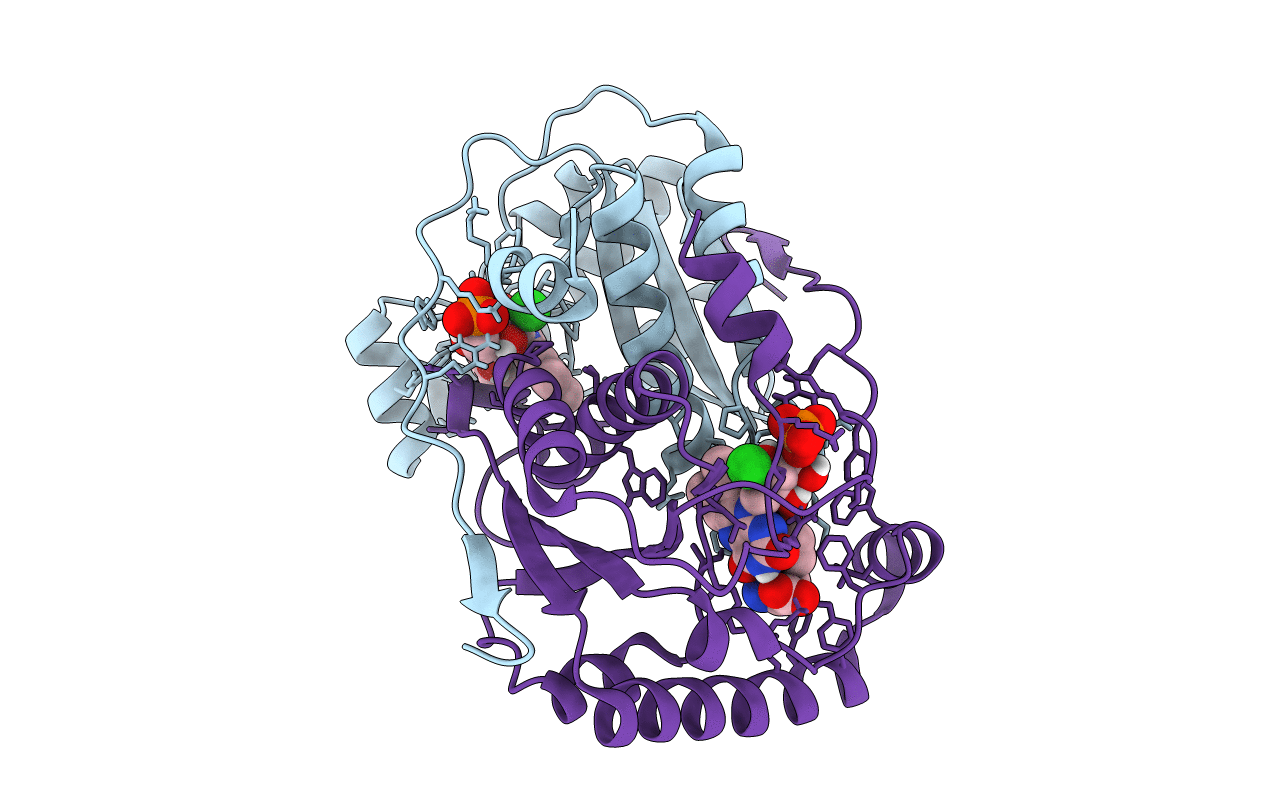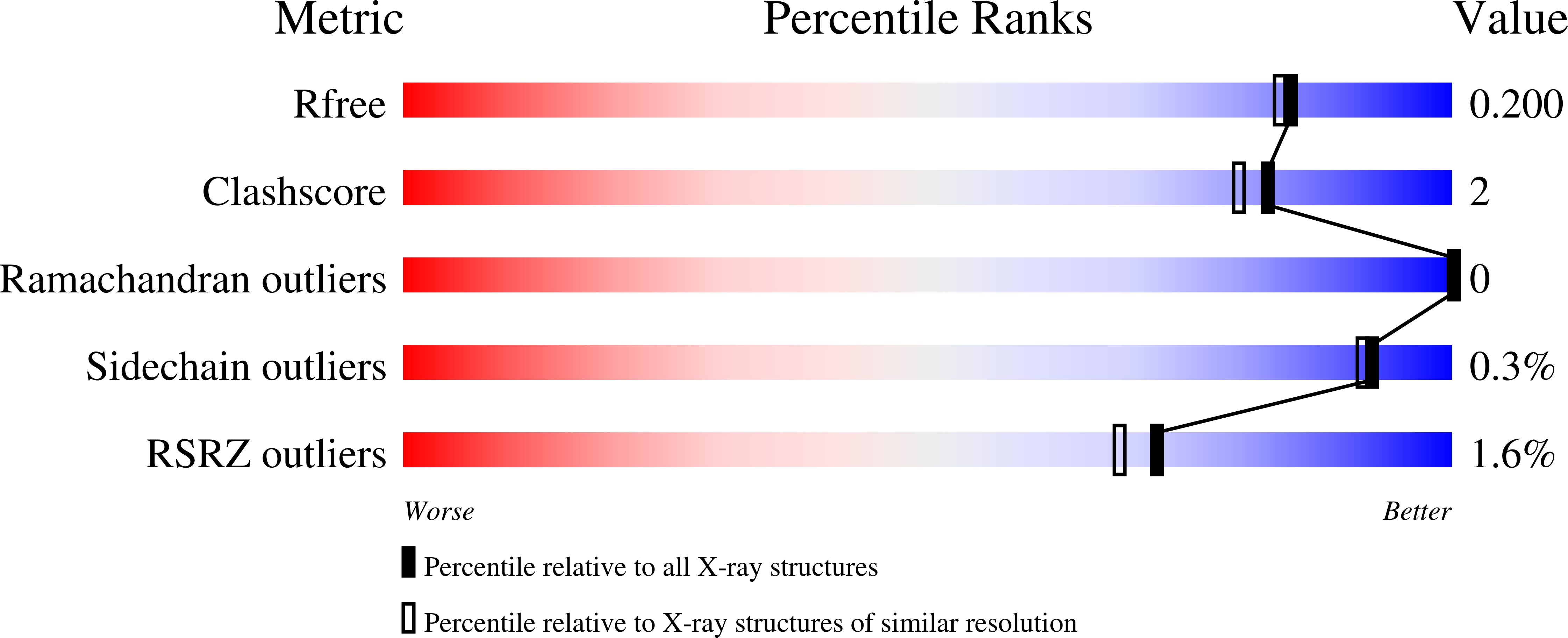
Deposition Date
2019-07-31
Release Date
2021-02-03
Last Version Date
2023-10-11
Entry Detail
PDB ID:
6PZ0
Keywords:
Title:
Crystal structure of oxidized iodotyrosine deiodinase (IYD) bound to FMN and L-Tyrosine
Biological Source:
Source Organism:
Thermotoga neapolitana DSM 4359 (Taxon ID: 309803)
Host Organism:
Method Details:
Experimental Method:
Resolution:
1.80 Å
R-Value Free:
0.19
R-Value Work:
0.14
R-Value Observed:
0.15
Space Group:
P 21 21 21


